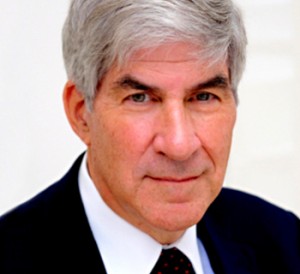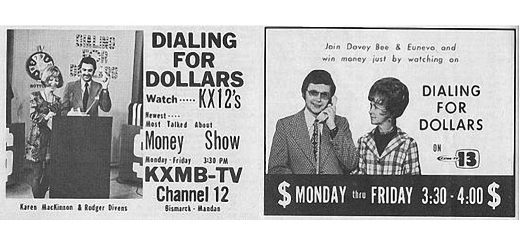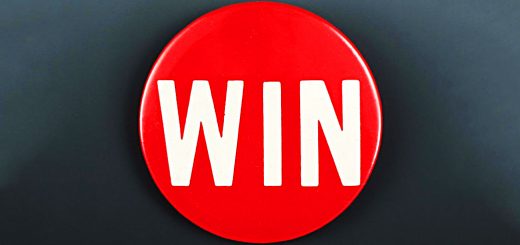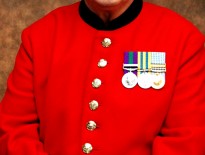Bruce Kovner – World Trader – Investor Profile

This article is part of our ‘Guru’ series – investor profiles of those who have succeeded in the markets, with takeaways for the private investor in the UK.
You can find the rest of the series here.
Contents
Bruce Kovner
When interviewed by Jack Schwager in the late 1980s for the original Market Wizards book, Bruce Kovner was the world’s largest FX and futures trader. Kovner avoids publicity, and this was a rare interview.
- In 1987 he made $300M profit, and was managing $650M at the time of the interview.
- Over the previous ten years he averaged 87% pa compound returns.
- That turned a $2K investment into $1M.
Early Career
Kovner started out as an academic, graduating from and then teaching political science at Harvard.
He also managed political campaigns, and planned to run for office himself. But he didn’t have the money, or the patience to work his way up the political ladder.
He switched to the markets, thinking that his economics and political science background would allow him to make trading judgments.
Futures markets
He began with the newly introduced interest rate futures. The market was unsophisticated and regularly showed exploitable price distortions, for example between futures contracts with different expiry dates.
He also traded commodities, again looking for intra-market spread anomalies.
You have to be willing to make mistakes regularly; it’s about making your best judgment, being wrong, making your next best judgment, being wrong, making your third best judgment, and then doubling your money.
Kovner joined Commodities Corporation (run by Michael Marcus, and where Schwager also worked) as a trader, but was allowed to also run his own account.
Michael (Marcus) taught me that you could make a million dollars. If you applied yourself, great things could happen.
Trading style
Kovner uses both fundamental and technical analysis. When he is unsure of what the impact of a piece of (fundamental) news will be, he lets the market action (the technicals) show him the way.
He will follow price breakouts when there is no apparent reason for them, but not when they are triggered by a story in the Wall Street Journal.
If everybody believes there is no reason for corn to break out, and it suddenly does, the chances that there is an important underlying cause are much greater.
He uses trend-following systems to manage around 5% of his money.
- They work and offer diversification.
- But they have volatility and risk-control issues which mean that they can’t be used for more money than that.
The less observed, the better the trade.
Kovner attributes his success to two things:
- He can imagine configurations of the world different from today and really believe it can happen.
- He stays rational and disciplined under pressure.
Kover enjoys the intellectual challenge of trying to work out what will happen in the world economy.
It doesn’t feel like work, except when you lose.
Markets
The large size of Kovner’s account makes trading commodities difficult, and by the time of the interview he had started to concentrate on FX (up to 60% of his trading).
Kovner believes that the stock market behaves differently from other markets. It has far more short-term countertrends – after the market has gone up, it always wants to come down.
Commodity markets are all about supply and demand.
Kovner has considered just trading his own money to regain the advantages of smaller trading size, but freely admits that the managed money represents a call option.
- He makes money when he trades well, but doesn’t lose any when he gets things wrong
This asymmetry is the fundamental problem in allowing a third-party to manage your money.
- Whenever possible, you should make your own trades.
Teaching trading
He thinks that it’s hard to teach trading – he’s tried to train thirty people, and only four or five turned out to be good traders.
- The successful ones were strong, independent, and contrary – able to take positions others wouldn’t.
- They were also disciplined.
He had three pieces of advice for novice traders:
- Novices should trade less than half the size they think is right.
- Stick with 1% to 2% risks.
- Don’t personalize the market – it doesn’t care whether you make money or not.
- Avoid impulsive trades (like Kovner’s soybean “going bust trade”)
Risk management
Kovner believes that risk management is the most important thing in trading.
Undertrade, undertrade, undertrade.
He says that the biggest mistake that talented traders make is position sizing. They get greedy and blow up their account.
After a close shave with a large soybean trade, Kovner re-evaluated his relationship with risk.
- Despite making six times his money on the trade, Kovner regards it as his most painful trade ever.
- At one point he was up 15 times.
He now closes all related positions when something happens that doesn’t fit in with his view of the world.
- For example, he closed all his positions during the 1987 crash.
Don’t get caught in a situation in which you can lose a great deal of money for reasons you don’t understand.
He uses stops.
Whenever I enter a position, I have a predetermined stop. That is the only way I can sleep. Position size is determined by the stop, and the stop is determined on a technical basis.
Place your stops at a point that, if reached, will reasonably indicate that the trade is wrong, not at a point determined by the maximum amount you are willing to lose.
I place my stop at a point that is too far away or too difficult to reach easily.
He reduces position size when he has a series of losses.
After a losing year, Kovner began to pay more attention to the correlations between his positions.
Correlation is the root of the most serious problems in trading.
He now measures total risk in the market every day, and won’t risk more than 1% of his portfolio on any single trade.
He also likes to be as market-neutral as possible. If he is long something, he will try to be short something else.
Conclusions
Kovner’s global synthesis of fundamentals and technicals across a wide range of markets is difficult for the average private investor to copy, but there are still plenty of useful takeaways:
- You must be prepared to make mistakes.
- Don’t risk more than 1-2% of your capital on a single trade.
- Reduce position size after a series of losses, and get out of the market when you don’t understand what is going on.
- Use stops, but put them where they will prove a trade was wrong, and where they won’t get hit.
- Use fundamentals and technicals to confirm a trade.
- Use trend-following systems for diversification.
- Don’t personalise the markets.
- Avoid impulsive trades – stick to your system.
- Measure risk using correlations across trades, rather than per trade.
- Be as market-neutral as possible, by going short as well as long.
Until next time.

